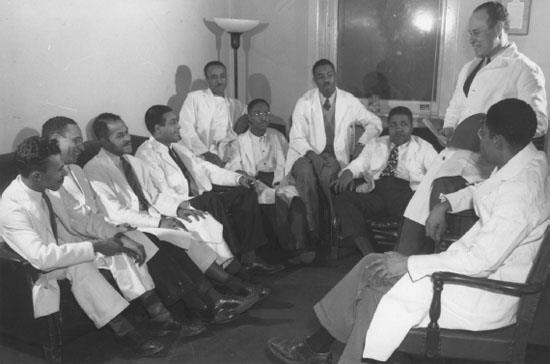Science, Inventions, Medicine, and AerospaceMedicine |
Who was called the “Father of Blood Plasma”? |
Charles Richard Drew (1904–1950) was the first person to set up a blood bank, in 1940. His work made him internationally prominent and earned him the title “Father of Blood Plasma.” Born in Washington, D.C., Drew graduated from Amherst College in 1926. He also coached and taught at Morgan State College (later University), received his medical degree from McGill University in 1933, and taught pathology at Howard University in 1935. Drew’s research at the Columbia Medical Center in New York City led to the discovery that blood plasma could supplant whole blood in transfusions. He set up and administered the British blood bank from 1940 to 1941, then the American Red Cross project to collect and store blood. Drew was dropped from the American Red Cross project because he objected to the policy of refusing the blood of black donors. He asserted that there was no scientific difference between the blood of blacks and whites. His research was responsible for saving numerous lives during World War II. He was awarded the NAACP’s Spingarn Medal, as well as other tributes. While accounts vary concerning his care after an automobile accident near Burlington, North Carolina, according to the New York Times, he died at a segregated hospital “that had no blood plasma that might have saved his life.”

Dr. Charles Richard Drew (top right, sitting on a table) talks with colleagues at the Moorland-Spingarn Research Center. Dr. Drew invented the process that separates plasma from red blood cells, saving uncounted lives. Ironically, he died of blood loss after an automobile accident because he was sent to a segregated hospital that had no blood plasma that might have saved his life.
